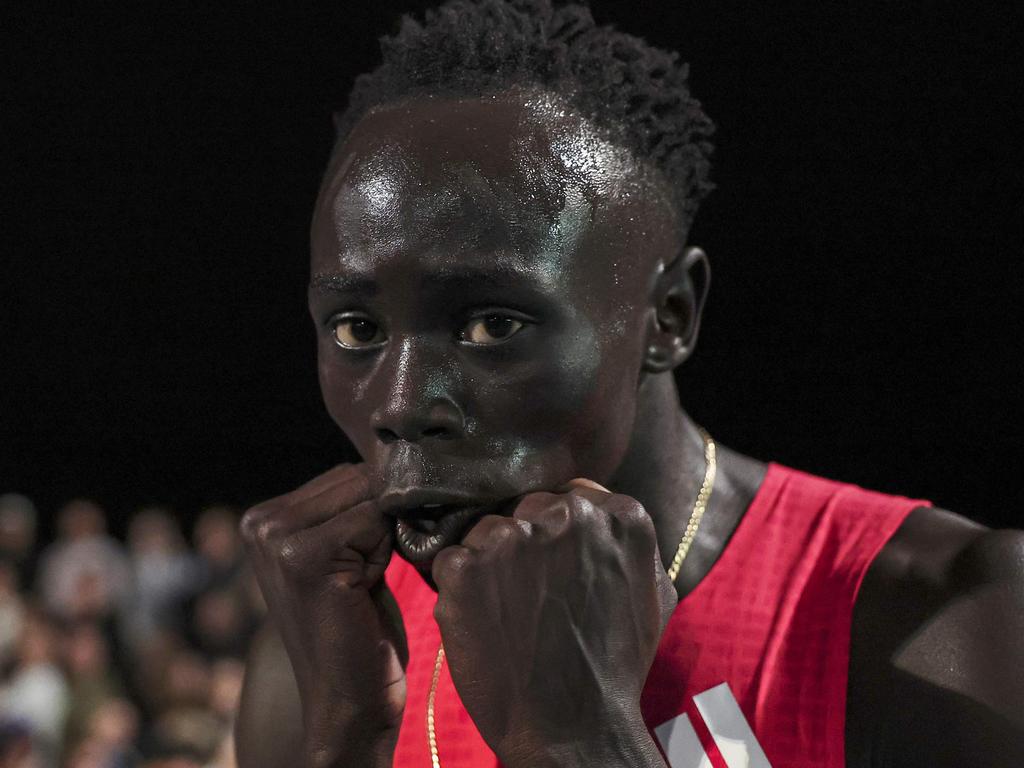Gout Gout leads golden age for Australian athletics
Teen sprinter Gout Gout mobbed like rock star; a stadium sellout for the first time in decades; a 57-year-old sprint record broken — what’s driving the explosion of running talent?
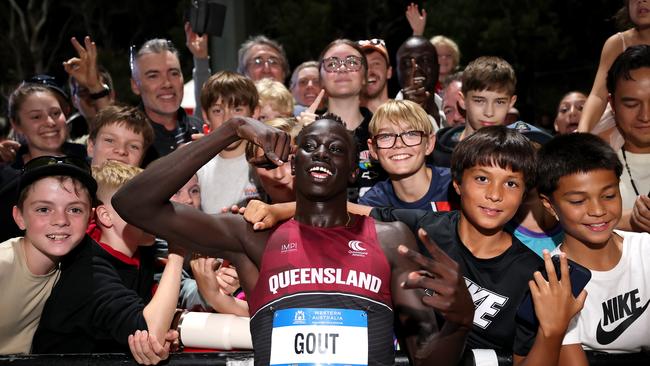
Teen sprinter Gout Gout has been mobbed like a rock star, a stadium has sold out for the first time since 2001, a 57-year-old sprint record was broken: the last few weeks signalled the arrival of a new golden age of Australian athletics.
The headline star is Gout, a prodigious Queensland talent, who’s ability has caught the attention of the world and the greatest sprinter of all time, Usain Bolt.
Gout smashed the 10-second barrier twice in two hours on Thursday night, albeit with an illegal tailwind.
But it is Gout’s supporting cast of rising stars which is starting to have people sit up: there’s 17-year-old sprinter Leah O’Brien, who broke Raelene Boyle’s longstanding U18 100m record this week; 18- year-old Cameron Myers, who’s smashed the U20 mile world record twice; and Claudia Hollingsworth who made the Paris 800m semi-finals as a teenager.
Then there is 21-year-old Lachie Kennedy who beat Gout in 200m at the sold-out Maurie Plant meet in Melbourne when no one expected it.
Which begs the question why is Australia so good right now?
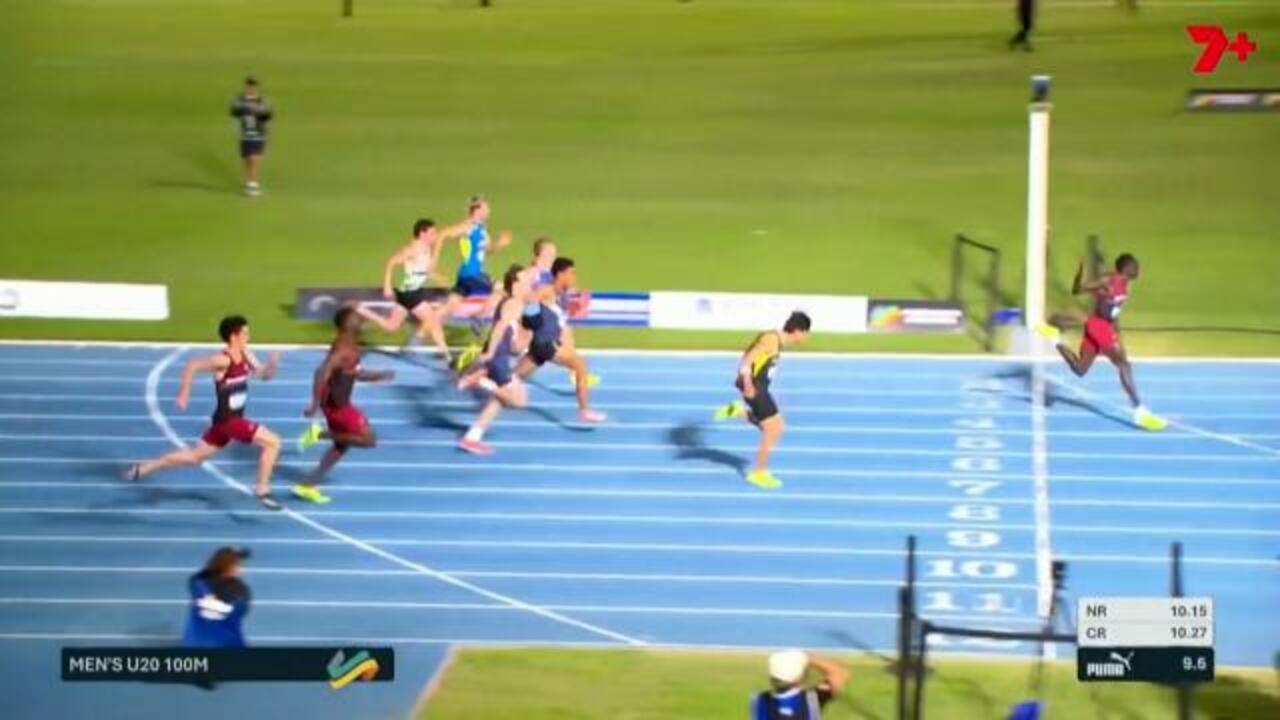
With the rise and rise of the billion-dollar football codes, Australian athletics has always been vulnerable to those codes snapping up the next gun sprinter, long jumper or distance runner, but now the evidence is that the Olympics is holding some sway with the kids.
Olympian and Seven athletics commentator Dave Culbert traces this current success back to the Covid lockdown during the Tokyo Games in 2021.
“You can’t be what you can’t see,” Culbert says.
He points out Tokyo was a time where kids like Gout, Hollingsworth, Myers were, like the rest of the country, cooped up in their living rooms, watching breakout athletes like Peter Bol and Rohan Browning do their best on the biggest world stage.
Nearly 20 million people watched the Games and Bol’s crack at an Olympic medal in the 800m race saw 2.3 million Australians tune in to watch that race alone. That was a little more than the 2.2 million who watched sprinter Browning in the men’s 100m semi-final. The spotlight was on them.
“It’s just a theory; being locked up at home, watching 10 hours a day of Olympic athletics and seeing Australians go well had a big impact,” Culbert says.
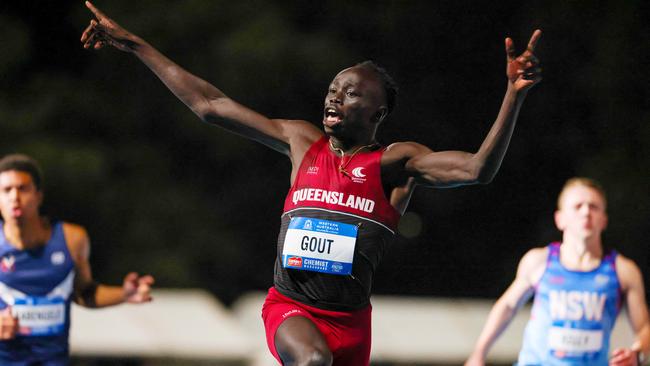
He says exceptional athletes like Hollingsworth have no doubt turned their back on a decorated football career. But the pay-off – in staying in athletics – he believes is far greater than most football careers. “Claudia Hollingsworth, she could be playing AFLW and she’d probably be the best player in the league,” Culbert says.
“Mason McGroder is a junior long jumper who won a medal at the world under-20s and is a very talented AFL player.”
“Now Mason, great, go and play for Greater Western Sydney or compete for Australia at the Olympics. Once an Olympian, always an Olympian. No one is running around saying ‘once a GWS player, always a GWS player’.”
Culbert says another turning point for the sport happened over eight years ago.
In 2016, Russia’s systemic doping was exposed, and while the International Olympic Committee cleared 278 athletes, 111 were removed because of the scandal.
“We had a really good team in Rio and I actually trace a lot of this back to the Rio Olympics and our middle distance runners who made massive gains,” Culbert says.
“So rather than getting run out in the heats by the Russians, they’re in the semis. Rather than getting run out in the semis, they’re in the finals. And that was, for me, a starting point.”
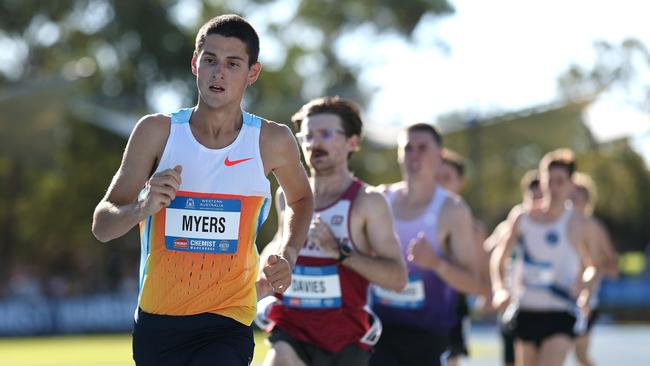
There are, of course, other factors attributed to the rise of the sport. The shoes these days are incredibly advanced – the “super shoe” race is well and truly on. Back in 2017, Nike were the first major brand to introduce a running shoe with a carbon-fibre plate in the midsole, and since then other companies have released their “super shoe” in the hope of propelling long-distance runners to record-breaking times.
There’s also been the sweet weather conditions that have helped see records fall, such as Gout smashing Peter Norman’s 200m mark late last year.
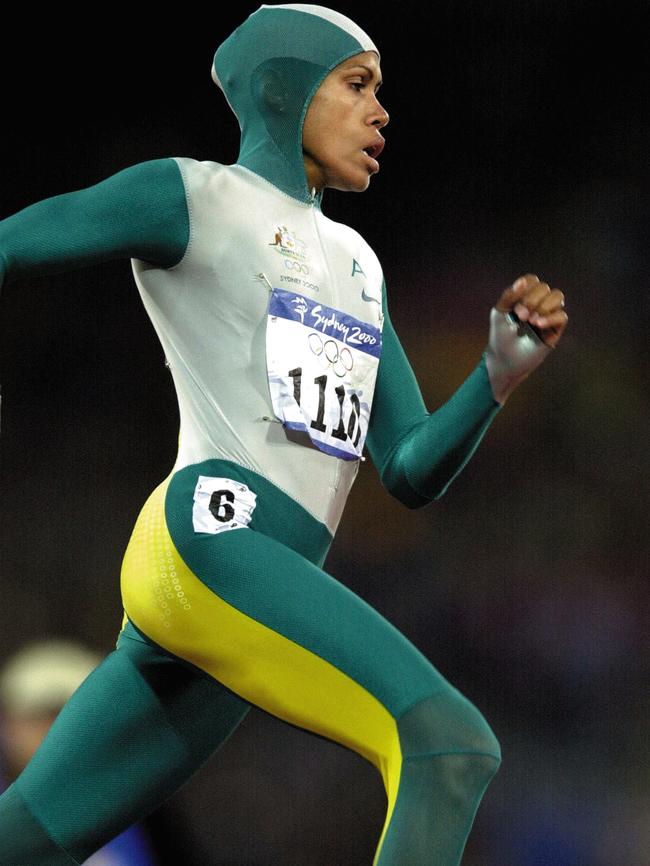
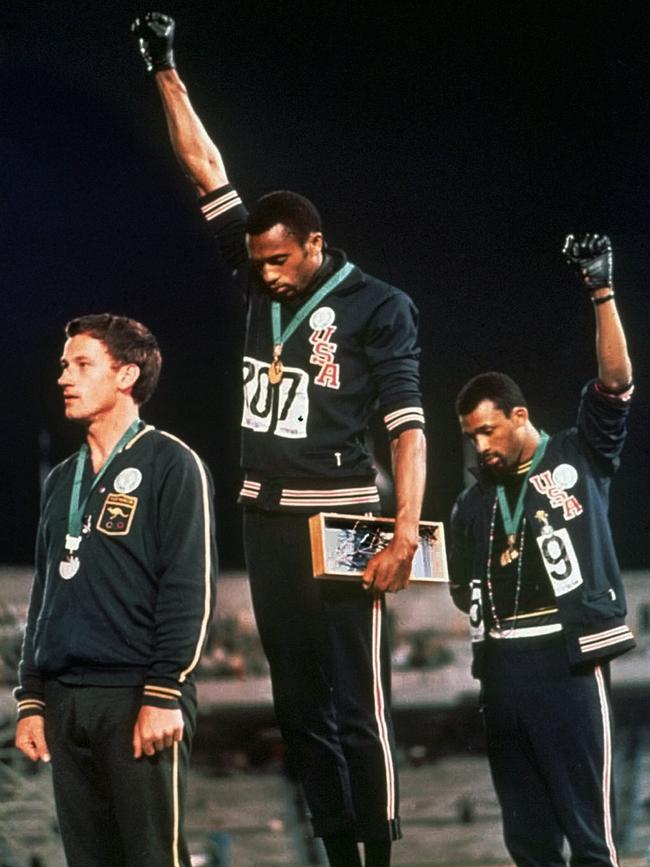
“The times are 100 per cent the shoes and having competitions in the right location and time; if Gout had competed virtually any other week in Brisbane, it would have been a monsoon and a headwind,” Culbert says. “So a great athlete gets great conditions and produces great performances.”
The other factor is that the infighting that used to happen in the Australian Athletics front office has stalled.
While flashy international coaches have appeared with a bang and then fizzled, Australian Andrew Faichney’s leadership has been steady and unflinching.

“He doesn’t get in the way,” as an athletics source noted. Culbert says having an Australian as head of high performance has been the right move.
“There’s no international hot shot that’s got to come in and change the world,” Culbert says.
“With politics shoved to the side, those who were once maligned by previous head coaches, like Nic Bideau, a former coach of Cathy Freeman who’s unafraid to have a say, are back in the fold.”
Everyone for the most part is getting on and, more importantly, doing their job.
The incoming Australian Olympic chief Mark Arbib, who served as president of the sport for six years, says the current performances are setting a tone for the future.

“It’s proving to be a golden age for our athletics team; the results we have seen in Paris, world juniors and world indoors are stunning,” Arbib says.
“More importantly, the team is young and has so much potential on the runway to LA and Brisbane. They are believing in themselves and each other; they know they can mix it with the best in the world now. We need to give them the space and time to fully blossom, but it’s truly inspiring. It’s a credit to all the coaches, high-performance teams, administrators – and, of course, the athletes.”
While LA 2028 might be some time off, the scheduling of the athletics in the first week is a prime time to strengthen the sport again.
It’s a boom time for athletics and while Gout may be the main star, Australia’s next generation is packed with promise and the only way is seemingly up.



